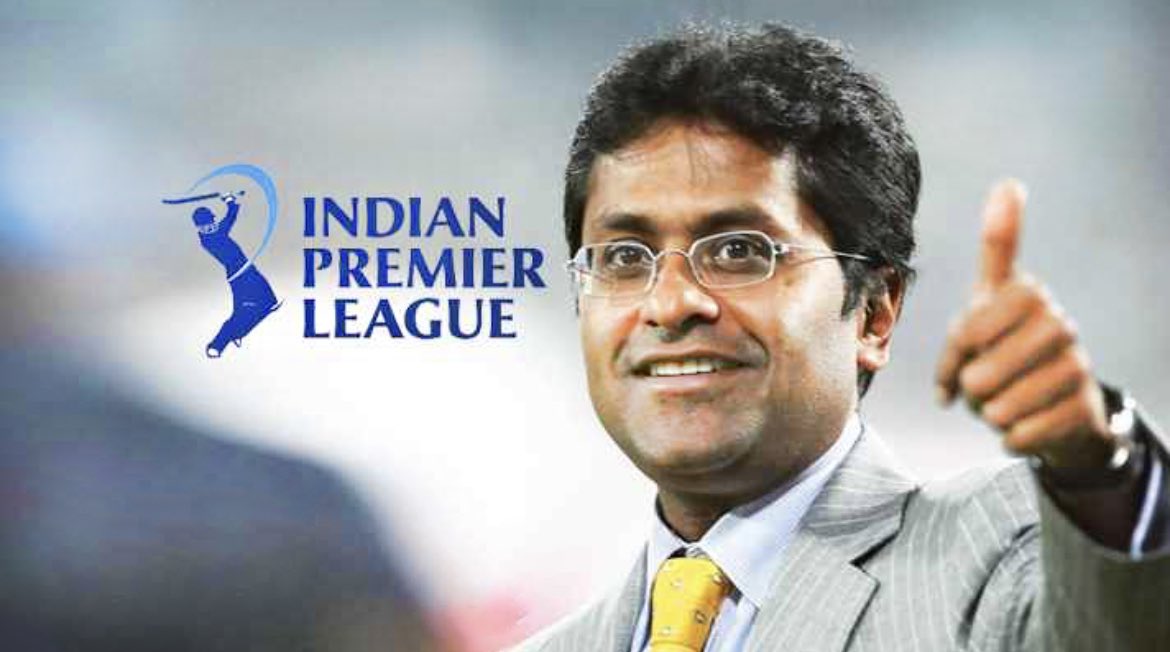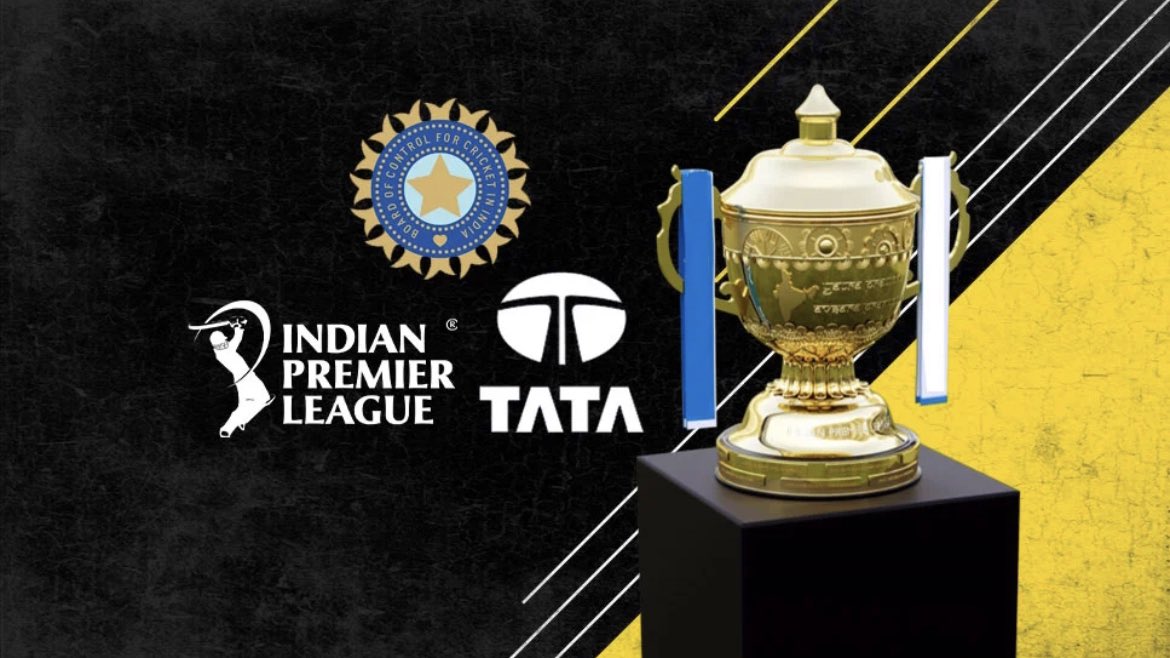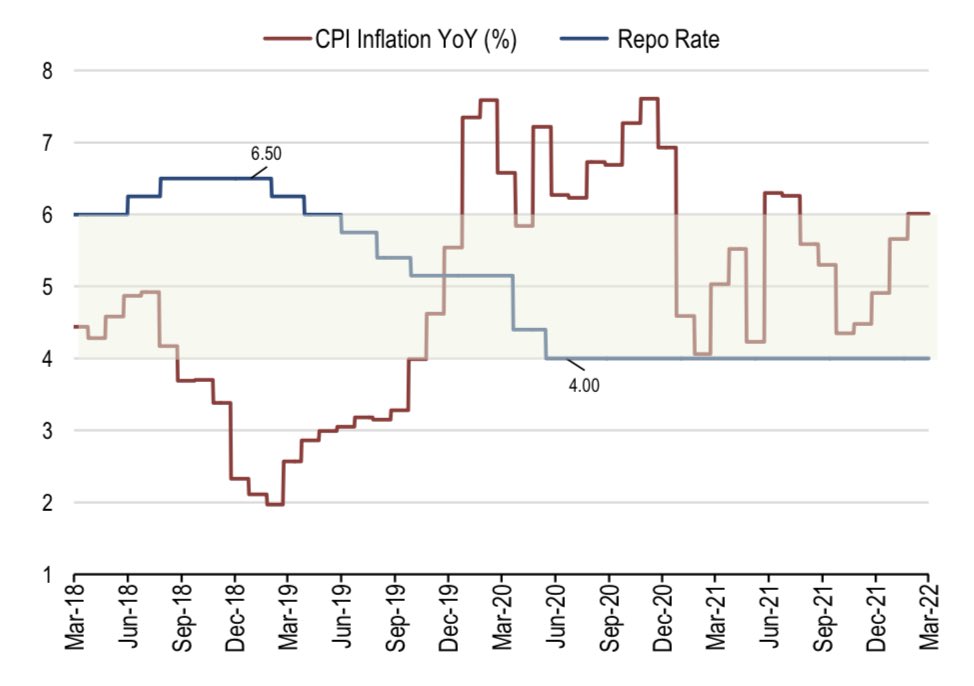
(1/19)
The Man behind IPL-
Lalit Modi (Then VP BCCI) was inspired by the model of English Premiere League & introduced Indian Premier League in 2008. In a country full of cricket enthusiasts, IPL didn’t take much time to get popular & got an amazing response from people.
The Man behind IPL-
Lalit Modi (Then VP BCCI) was inspired by the model of English Premiere League & introduced Indian Premier League in 2008. In a country full of cricket enthusiasts, IPL didn’t take much time to get popular & got an amazing response from people.

(2/19)
Let’s dive into the IPL Economy-
The core of IPL's business model is the process of inviting private firms to own franchises. When the franchise rights are sold at lofty price, other firms see value in investing in the tournament, and that is where the money comes from!
Let’s dive into the IPL Economy-
The core of IPL's business model is the process of inviting private firms to own franchises. When the franchise rights are sold at lofty price, other firms see value in investing in the tournament, and that is where the money comes from!
(3/19)
Recession Proof Business!
The general believe is that IPL is a sure-shot bet as the entertainment industry is mostly recession proof and will continue to grow.
IPL, being a mixture of Bollywood and cricket, is a perfect formula for those big investors.
Recession Proof Business!
The general believe is that IPL is a sure-shot bet as the entertainment industry is mostly recession proof and will continue to grow.
IPL, being a mixture of Bollywood and cricket, is a perfect formula for those big investors.
(4/19)
Revenue sources-
1. Media Rights-
It is the main source of revenue for IPL. For some teams, it is about 60% of their total revenue. BCCI sells Media rights to Channels & distributes revenue earned from media rights among teams after excluding their share from it.
Revenue sources-
1. Media Rights-
It is the main source of revenue for IPL. For some teams, it is about 60% of their total revenue. BCCI sells Media rights to Channels & distributes revenue earned from media rights among teams after excluding their share from it.
(5/19)
The brief history of Media Rights-
From IPL season 2008 – 2017, Sony purchased media rights against ₹8,200Cr which is ₹820Cr per season.
Season 2018 – 2022 Star India acquired IPL media rights against ₹16,347Cr which is ₹3,269Cr per season.
The brief history of Media Rights-
From IPL season 2008 – 2017, Sony purchased media rights against ₹8,200Cr which is ₹820Cr per season.
Season 2018 – 2022 Star India acquired IPL media rights against ₹16,347Cr which is ₹3,269Cr per season.

(6/19)
After much delay, the IPL media rights tender will be released next week.
The BCCI internal valuation report has pegged the DIGITAL RIGHTS value very high this time. It could alone should fetch more than ₹15000 this time.
This is 500% more than the last CYCLE values
After much delay, the IPL media rights tender will be released next week.
The BCCI internal valuation report has pegged the DIGITAL RIGHTS value very high this time. It could alone should fetch more than ₹15000 this time.
This is 500% more than the last CYCLE values
(7/19)
It is worth noting that in the ONGOING cycle of rights, Star Sports won the 5 years package for ₹16,347.5Cr.
Insiders in BCCI feels Overall Bid should be more than ₹45,000Cr – which is 3 times the last overall bid.
It is worth noting that in the ONGOING cycle of rights, Star Sports won the 5 years package for ₹16,347.5Cr.
Insiders in BCCI feels Overall Bid should be more than ₹45,000Cr – which is 3 times the last overall bid.
(8/19)
2. Revenue from Title Sponsor-
The title sponsor is the one whose name comes before the IPL like DLF IPL, VIVO IPL. They sponsor the title of the league & get registered under their name
BCCI distributes revenue from title sponsor among teams excluding their share in it
2. Revenue from Title Sponsor-
The title sponsor is the one whose name comes before the IPL like DLF IPL, VIVO IPL. They sponsor the title of the league & get registered under their name
BCCI distributes revenue from title sponsor among teams excluding their share in it
(9/19)
History so far-
1. 2008-12 : DLF for ₹200cr
2. 2013-17 : PepsiCo for ₹397cr
3. 2018-22 : Vivo for ₹2199cr
In 2015 PepsiCo terminated the deal 2 years before the expiry of the contract, due to the suspension of Chennai & Rajasthan franchises from the league.
History so far-
1. 2008-12 : DLF for ₹200cr
2. 2013-17 : PepsiCo for ₹397cr
3. 2018-22 : Vivo for ₹2199cr
In 2015 PepsiCo terminated the deal 2 years before the expiry of the contract, due to the suspension of Chennai & Rajasthan franchises from the league.

(10/19)
#TataIPL2022
Tata's deal value is 23.8% lower than what Vivo paid as title partner when in 2018 (₹2,199Cr for 5 years).
However, Tata is paying more (₹670cr for 2 years )than what Dream11 paid in 2020 when it bagged the title sponsorship rights for ₹222 crore
#TataIPL2022
Tata's deal value is 23.8% lower than what Vivo paid as title partner when in 2018 (₹2,199Cr for 5 years).
However, Tata is paying more (₹670cr for 2 years )than what Dream11 paid in 2020 when it bagged the title sponsorship rights for ₹222 crore

(11/19)
3. Brand Sponsorship-
Brand sponsorship to teams is also an important part of revenue for the teams like Gulf to CSK EROS to RCB.
The more visibility the sponsors want, the more money they spend. Sponsorship revenues form around 20-30% of revenue for the IPL teams.
3. Brand Sponsorship-
Brand sponsorship to teams is also an important part of revenue for the teams like Gulf to CSK EROS to RCB.
The more visibility the sponsors want, the more money they spend. Sponsorship revenues form around 20-30% of revenue for the IPL teams.

(12/19)
4. Ticket sale & Merchandise sale
Revenue collected from the sales of tickets is shared between team and association which ground is associated with. Merchandise sales belong to the team.
T-shirts, caps, kits and wrist watches of all teams are sold in abundance.
4. Ticket sale & Merchandise sale
Revenue collected from the sales of tickets is shared between team and association which ground is associated with. Merchandise sales belong to the team.
T-shirts, caps, kits and wrist watches of all teams are sold in abundance.
(13/19)
5. Prize Money-
Here’s what the winning team has earned so far-
2008 - Rajasthan got ₹4.8Cr
2010 - Chennai won ₹8Cr
2014 - Kolkata won ₹15Cr
2015 - Hyderabad won ₹20Cr
2018 - Chennai won ₹20Cr
2020 - Mumbai won ₹10Cr
2022 - The prize money will be ₹20Cr
5. Prize Money-
Here’s what the winning team has earned so far-
2008 - Rajasthan got ₹4.8Cr
2010 - Chennai won ₹8Cr
2014 - Kolkata won ₹15Cr
2015 - Hyderabad won ₹20Cr
2018 - Chennai won ₹20Cr
2020 - Mumbai won ₹10Cr
2022 - The prize money will be ₹20Cr

(14/19)
Hefty Expenses-
Players fee, Coaches fee supporting staff, travel, Hotel, Administration & Operational cost are some expenses that cannot be avoided by any team.
Advertisements expense incurred by the team to attract the audience.
20% of total revenue is given to BCCI
Hefty Expenses-
Players fee, Coaches fee supporting staff, travel, Hotel, Administration & Operational cost are some expenses that cannot be avoided by any team.
Advertisements expense incurred by the team to attract the audience.
20% of total revenue is given to BCCI
(15/19)
How profitable?
If you look at the example of Kolkata knight riders. It’s profit is only about ₹20Cr vs Chelsea, a football club in EPL earned ₹554Cr in 2017-18.
In the whole IPL Economy, BCCI is the only organization that is registering profits at very high rates.
How profitable?
If you look at the example of Kolkata knight riders. It’s profit is only about ₹20Cr vs Chelsea, a football club in EPL earned ₹554Cr in 2017-18.
In the whole IPL Economy, BCCI is the only organization that is registering profits at very high rates.
(16/19)
Entry of 2 new teams this season-
IPL 2022 will witness a battle among 10 teams, as two new teams are added this year
Lucknow: RP-Sanjiv Goenka Group bought the franchise for ₹ 7090Cr.
Ahmedabad: CVC Capital Partners bought the franchise for ₹5,625 crores.
Entry of 2 new teams this season-
IPL 2022 will witness a battle among 10 teams, as two new teams are added this year
Lucknow: RP-Sanjiv Goenka Group bought the franchise for ₹ 7090Cr.
Ahmedabad: CVC Capital Partners bought the franchise for ₹5,625 crores.
(18/19)
Conclusion-
IPLs brand value has been increasing over the years and is set to rise further!
It had its share of big controversies but that didn’t stop the fans from following this tournament.
Conclusion-
IPLs brand value has been increasing over the years and is set to rise further!
It had its share of big controversies but that didn’t stop the fans from following this tournament.
(19/19)
Which team are in the fight for Title this year according to you?
@AvadhMaheshwar2 @ishmohit1 @ArjunB9591 @shreyans512 @AdityaTodmal @caniravkaria @varinder_bansal @BandiShreyas @kuttrapali26
Which team are in the fight for Title this year according to you?
@AvadhMaheshwar2 @ishmohit1 @ArjunB9591 @shreyans512 @AdityaTodmal @caniravkaria @varinder_bansal @BandiShreyas @kuttrapali26
• • •
Missing some Tweet in this thread? You can try to
force a refresh















